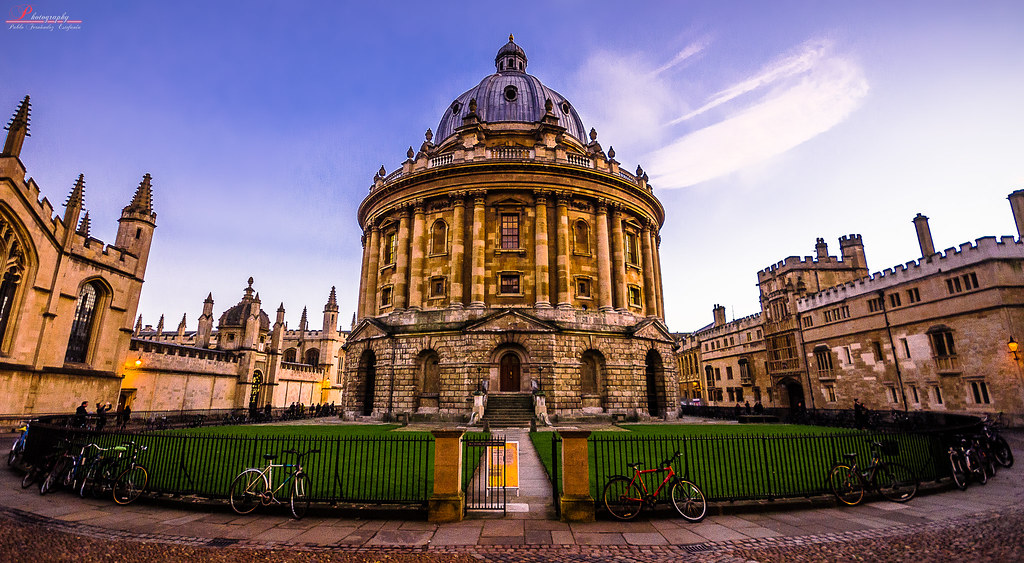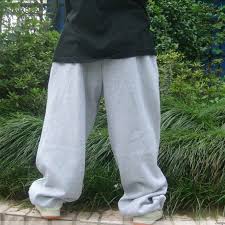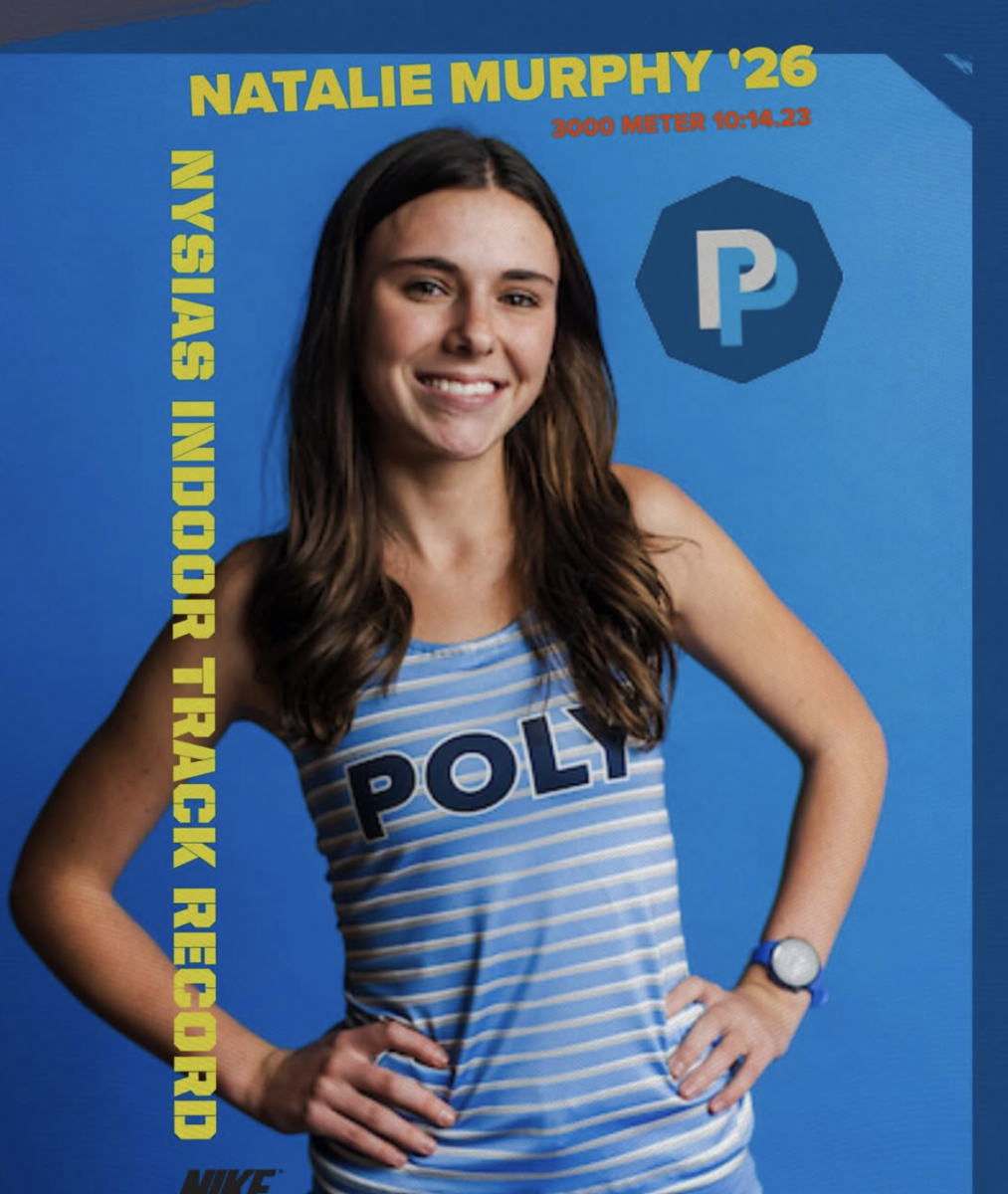What began as a brief thirty-page pamphlet about the history of Poly Prep, has grown into a 175-page book written by Michael Gabriel ’24 and Dov Weinstein Elul ’24. This book “[is] telling the story of the evolution of the school,” said Weinstein Elul. The book will be launched at Poly on June 10 during a book talk in the library, where 250 copies will be distributed.
The information within the book dates back to 1854, when Poly was first founded and located in Downtown Brooklyn. It follows Poly’s history through 1917 when the school was built and moved to its current location in Dyker Heights, due to rising requests from the community to have the unique structure of a country day school. Poly is still one of the only schools in Brooklyn to adapt this design. The book centers around a then-and-now comparison throughout ten chapters covering ten different parts of the school. These include, Chapter One: The Old Building, Chapter Two: The Campus, Chapter Three: The Building, Chapter Four: Notable Spaces, Chapter Five: Athletics, Chapter Six: Arts, Chapter Seven: The Clock Tower, Chapter Eight: People, Chapter Nine: Miscellaneous, and Chapter Ten: The 167th Year. Taking inspiration from “The Story of Poly,” written in 1940 which gives a detailed story of Poly up until that time, and “Brooklyn Before and After,” the book includes visual aspects of old structures compared to their current state with additional research and explanations.
Gabriel and Weinstein Elul are both seniors at Poly. Following a succession of family members and friends who attended Poly as well, Gabriel joined the Poly community in first grade. “I always had a connection to the school,” he explained. Weinstein Elul came to Poly in tenth grade and since then has been a member of the Polygon, specializing in photography. When Gabriel first came up with the idea for this book, Weinstein Elul’s photography expertise made Gabriel inclined to collaborate with him. “The reason I picked Dov was because of photos,” said Gabriel. Weinstein Elul was one of four people whom Gabriel reached out to in hopes of co-writing this book. Gabriel recalls, “[Weinstein Elul] was the most excited about it and responded to the text. So it ended up being a duo; we ended up being partners — coauthors.”
Over this writing process, their relationship has blossomed. When commenting on their partnership dynamic, “We realize what our strengths are and our flaws are kind of complementary to each other,” said Gabriel. “I picked and I picked right.” Weinstein Elul said, “[Gabriel’s] coming at it from, he really likes the school. And I’m coming at it from a journalist lens. And now that line is sort of blurred but those two really complement each other nicely.”
Through this project Weinstein Elul has had the opportunity to combine his newfound historical research interests with his journalism skills. He also believes being seniors has benefited them during this process, as they have more leniency with school and other academic obligations. However, they have experienced some setbacks this year, such as Gabriel’s concussion, which occurred about halfway through the creation of the book. This situation had an unexpected outcome as it required them to switch roles, Gabriel taking photos and Weinstein Elul doing the research. Weinstein Elul said, “Now Michael’s way better at taking the photos and I am probably more interested in the research.”
Neither of them had prior experience writing a book and did not expect to achieve the length or magnitude that they did. Gabriel addresses how proud he is of their progress stating, “The fact that we’re here and we have a physical copy that we were able to edit and stuff is just crazy to me. And obviously, I could not have done it without Dov.”
Gabriel’s inspiration to create this book was founded in his affection for Poly and the realization of his limited time left here. “It hit me that it is my last year and I wanted to do something big. So I was like, what could I do? And one thing I have always been interested in is the history of the school,” he explained. Gabriel believed he needed to educate the Poly community about its history as it was rarely taught or acknowledged in school. Another inspiration for creating the book was due to the changes the community is undergoing. Gabriel said, “There’s a new head of school coming in, there’s the new art center. The school’s whole vibe and motto have been changing a lot. So we thought now would be an especially great time to do it.”
Gabriel and Weinstein Elul’s book contains 175 pages of in-depth information, requiring a lengthy and thorough research process. They began by looking for images and information to support these pictures. They gathered these images and information utilizing resources within the Poly community: by looking through thousands of Polygon articles, an archive room in the library, and records found in a disheveled room in the Alumni Building. Weinstein Elul said, “There is a lot of digging and sifting through old archives. It was a cool process.” An archivist brought in by the school years ago had digitized old yearbooks, which further aided them in finding old images of Poly. They also recognize the many members of the faculty who were crucial to this process by including their names in a chapter at the end of the book. These people assisted Gabriel and Weinstein Elul by sharing their perspectives on how the school has evolved. “We have our people chapter. We spoke to every single one of these people. We probably spoke to like 60 or 70 people,” said Weinstein Elul. They also spoke with alumni thus gaining the opportunity to hear a variety of stories about the school. Gabriel said, “Everyone at the school has been so helpful, showing us things that we walk by every day and telling us there is a story to that.” They also utilized external sources such as the Center for Brooklyn History. Weinstein Elul said,
“At the end of the day it has been a crazy process. We have probably put hundreds of hours into this, probably two or three hundred hours.”

The researching process also exposed the authors to hidden stories throughout the school. Weinstein Elul revealed that his favorite discovery was that the student center and the surrounding classrooms, were once a basketball gym. Similarly, where the Legacy Gym currently lies, as well as the space below, used to be an open-air gym, keeping the same arched structure still visible today but lacking external walls. Gabriel noted that what most interested him was that the arts studio spaces used to be a rifle range where the team would practice. “One of my favorite parts about the whole process is that I did not get bored at any moment,” said Weinstein Elul. “There was never a dull part [where I thought I was] dragging through.”
Reflecting upon the shared experience of creating a book, the two seniors responded differently. Gabriel confessed that he does not see himself writing a book again, but he did enjoy the photography element. It is quite the opposite for Weinstein Elul who expressed that this process has excited him about possibly creating more in the future. However, they agreed that by the end of the school year, and their time at Poly, they felt a lot closer to the school and their perspective had changed. They have learned that “there’s history everywhere, It’s just about finding it. Sometimes through looking at what happened in the past, you’ll find out stuff about yourself,” said Gabriel. “We’re not the first and we’re not the last to be in this school.” As these co-authors end their chapter at Poly, they want to leave the school with something that they believe will benefit the community. They hope that this book sparks a new interest and appreciation in the school’s history with the intention for its past to become something that is not neglected. For instance, the Poly archives room in the Alumni Building was described as “unorganized [and]… a total mess.” They hope this is something that will change.
Toward the end of this school year, there will be a celebration for their commitment to uncovering and exposing Poly’s history through a book talk where they will provide copies of their work. “As much work as we put into this, there are still dozens or infinitely many things that we could not figure out. Things that still interest us, things that we wish to know about,” said Weinstein Elul. “I hope this book inspires people to go chase those things we could not find.”


























